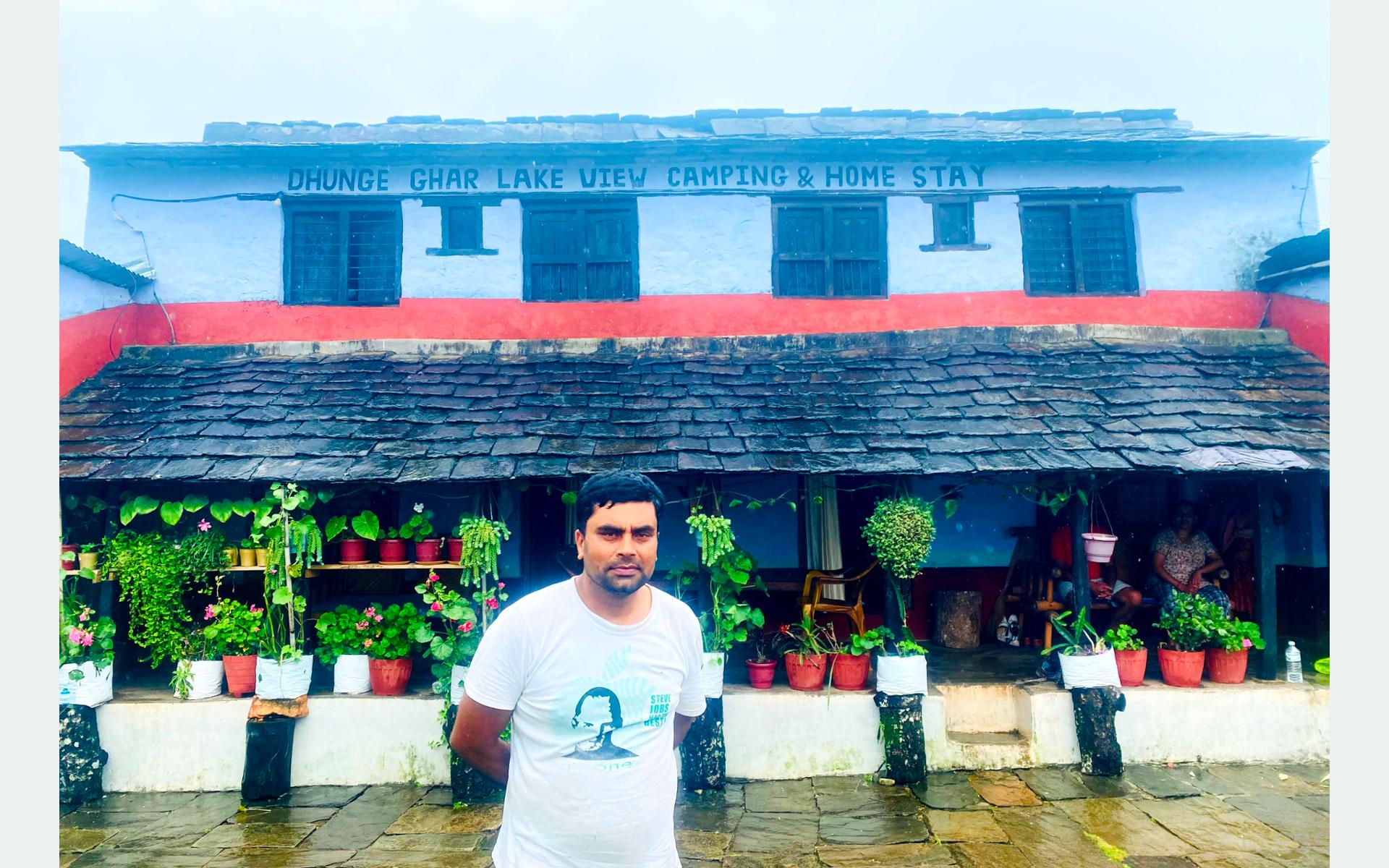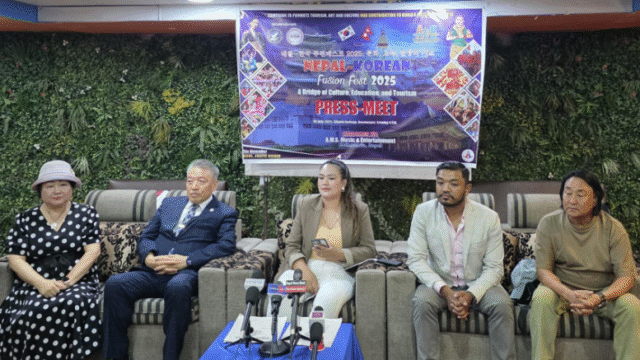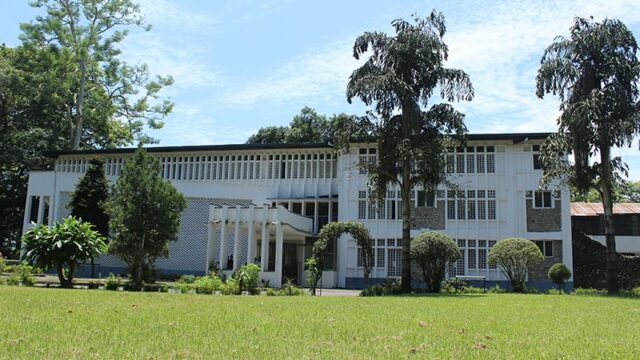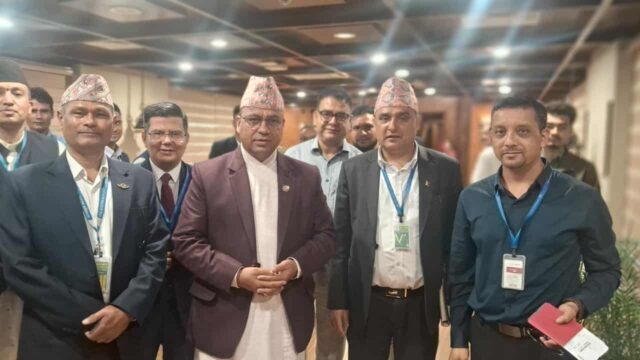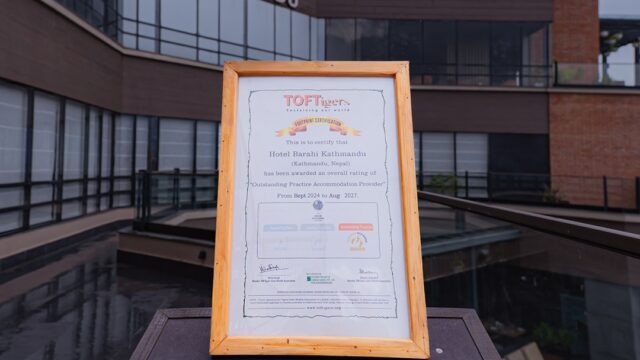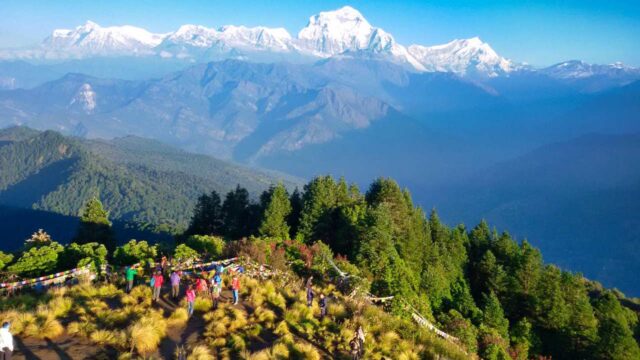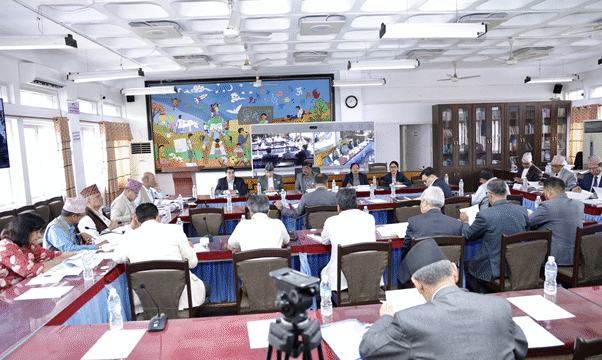Nestled in the embrace of nature, the picturesque village of Nirbane comes into view after crossing the Harpan Khola at the head of Phewa Lake and ascending a slightly uphill path. The village, adorned with lakes, mountains, streams, and forests, captivates visitors with its natural beauty. In the heart of this village stands a 53-year-old stone house, home to 38-year-old Laxman Parajuli and his family.
Around 2068 BS, Parajuli left for Dubai for employment, spending nine years there. Despite a decent job and earnings, the stress and burden of 12-hour workdays led him to return to Nepal with a new vision. “After enduring the stress of long work hours, I decided to return home and start something in the village,” he explained. “I strengthened the old house built by my father and started a camping and homestay business.”
Returning to Nepal in 2076 BS, Parajuli ventured into the tourism business, initially targeting foreign tourists with camping services. “We had high-end tourists coming for camping, but the COVID-19 pandemic reduced the influx, leading me to shift focus to homestay,” he recounted. He started the homestay during the pandemic, which has now become popular among both domestic and international tourists.
The ‘Dhunge Ghar Lek View Camping and Homestay,’ operational since 2078 BS, has attracted many visitors. Parajuli’s father, Govinda Parajuli, built the stone, mud, and wood house in 2028 BS, which had become dilapidated. Parajuli’s parents had moved to a new house in the lowlands.
After returning from abroad, Parajuli invested around NPR 800,000 to renovate the old house while preserving its original design. The house features the original windows and doors, a stone porch, and a courtyard paved with stones, all painted in a traditional mountain style. Visitors experience an authentic rural setting, which appeals to those who prefer homestay hospitality.
Guests are served meals prepared in the family kitchen, using local rice, maize, homegrown vegetables, and seasonal delicacies like ferns, bamboo shoots, and mushrooms. Local varieties are used for fish and meat dishes. The homestay charges NPR 1,100 per person per night for a simple meal, and NPR 1,300 for a meat-inclusive meal, including breakfast. Additional services incur extra charges. The homestay’s family atmosphere is a major draw for tourists.
“During the tourist season, business is brisk, and we also cater to picnics,” Parajuli shared. “We provide all necessary arrangements for picnics, or simply rent out the space.” Tourists enjoy stunning views of Phewa Lake, Machapuchare, and the Annapurna range, making the site a preferred destination.
Nirbane, located in Pokhara Metropolitan City-23, is a 25-minute drive from Hallanchowk by Phewa Lake. Hiking enthusiasts can reach Nirbane via Khapaudi and Pame, enjoying a peaceful escape from urban noise and immersing in nature.
Parajuli plans to expand the homestay, which currently accommodates 20 guests daily. “I started the homestay as an experiment, and as business has improved each year, I am now looking to expand,” he said. “Living and working in the house where I was born brings immense satisfaction.”
All family members are involved in the business, and no external staff has been needed so far. Govinda Parajuli, pleased with his son’s return and the revitalization of the house, said, “This house, built with labor paid at NPR 25 per day, has been preserved by my son, and everyone loves it.”
At a time when many young people are migrating abroad, Parajuli’s return has sparked hope and serves as an inspiration to other local youths. Homestay services are gaining popularity in the tourism sector, with both community and individual investments driving the trend. Government bodies are also keen on promoting rural tourism through homestays. This year, under the ‘One Model Homestay per Constituency’ program, 33 community homestays in Gandaki Province received government grants.
The Gandaki Province government provided NPR 1.2 million to 30 homestays and NPR 1 million to three homestays. Dambar G.C., Chief of the Tourism Division at the Ministry of Industry, Tourism, Forests, and Environment, said 89 community homestays had applied for the grant, with 65 proposals in the first phase, 21 in the second phase, and three in the third phase being selected. A homestay per constituency was chosen based on competition.
Homestays that promote local products, create jobs, and preserve cultural heritage were prioritized for the grants. The grant can be used for rural tourism-related infrastructure like tourist information centers, community buildings, gift shops, libraries, cultural museums, gardens, and trails. The appeal of homestays lies in their rural setting, family environment, local cuisine, cultural authenticity, and proximity to tourist destinations.
